V&A East: The coolest new museum that's actually relevant to us
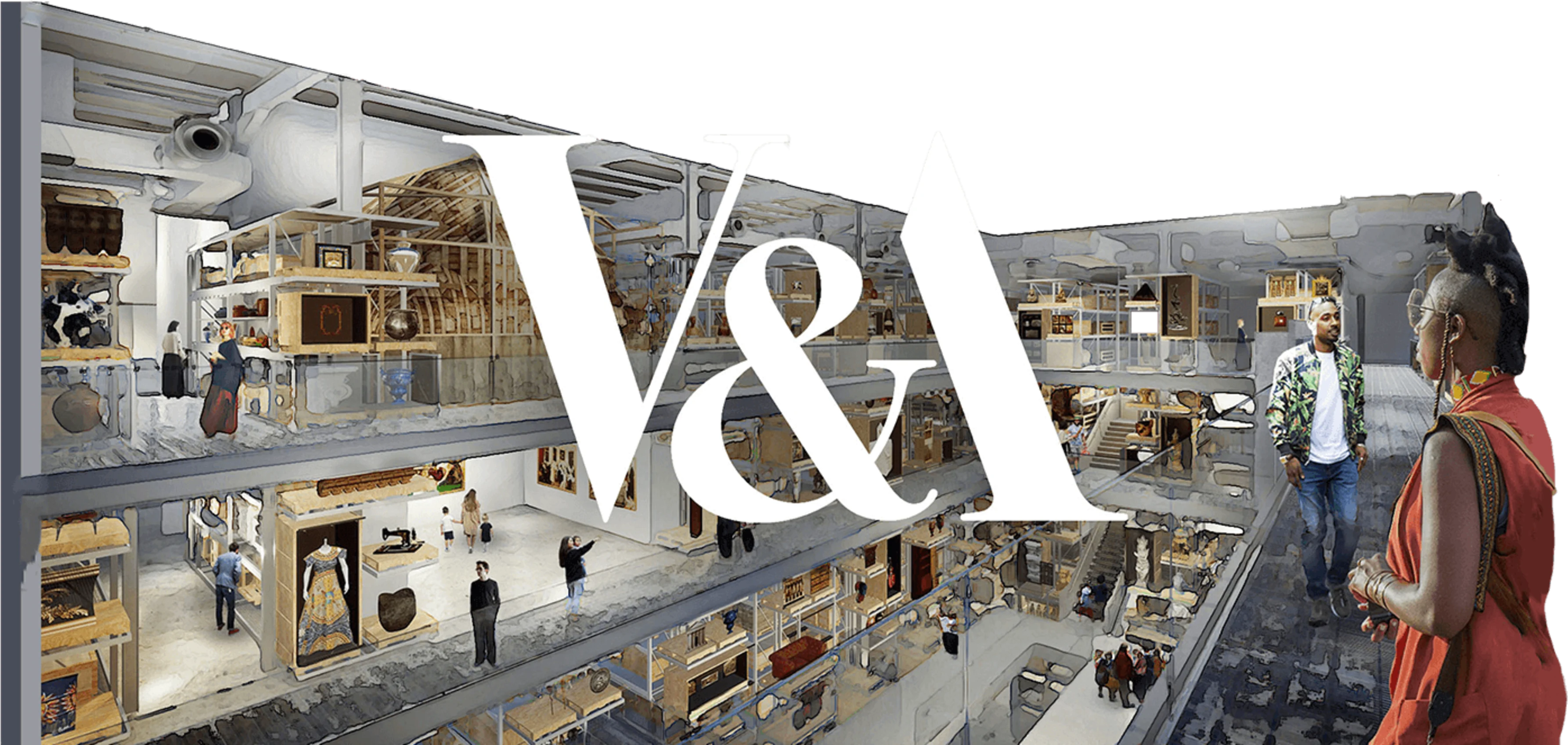

The American author Gertrude Stein once termed museums 'cemeteries of culture': places where physical reminders of the past sit dormant behind glass cabinets to be stared at by visitors. This is a wholly one-sided view of what a museum is and what a museum has the potential to be, particularly in the modern day. Stein is incorrect, museums are not places where the past goes after it is long dead, rather, museums can explore and represent the past, present, and future in tandem. While serving as a repository for the past and the history of culture, museums can also be places of creation, global creativity and inspiration; places where the entire community can be welcomed to explore what the physical remainders of the past mean to them, right now. The V&A East Museum proves this.
The V&A East museum project is a new project from the Victoria and Albert Museum based in East London, in the Queen Elizabeth Olympic Park. The site will consist of an east museum building designed in two parts: the Storehouse, a collections facility crossed with a public exhibition space, and the V&A East Museum, a more conventional museum space with a main exhibition hall for major exhibitions and two collection galleries. They will open in 2024 and 2025 respectively.
There is a lot to unpack here as to why the east museum is noteworthy. The Storehouse portion of the site is something that has not really been seen in the museum sector before; it is essentially a transparent museum studio space that will allow visitors to see 'behind the scenes' of museum work. Except this facility is being built as an intentional public space, merging back of house with front of house. For context, the typical museum storage facility is typically a plain-looking warehouse in which shelves of objects are organised and cared for by conservators and archivists behind closed doors. By its nature, this conventional storehouse cuts the public off from a significant part of the collection. But V&A East's new spaces challenge this, allowing the public to see museum work in action and grasp the full extent of the V&A's collection and how it is stored and cared for. This is a museum space that wants you to pay attention to the man behind the curtain and understand how he makes the magic happen.
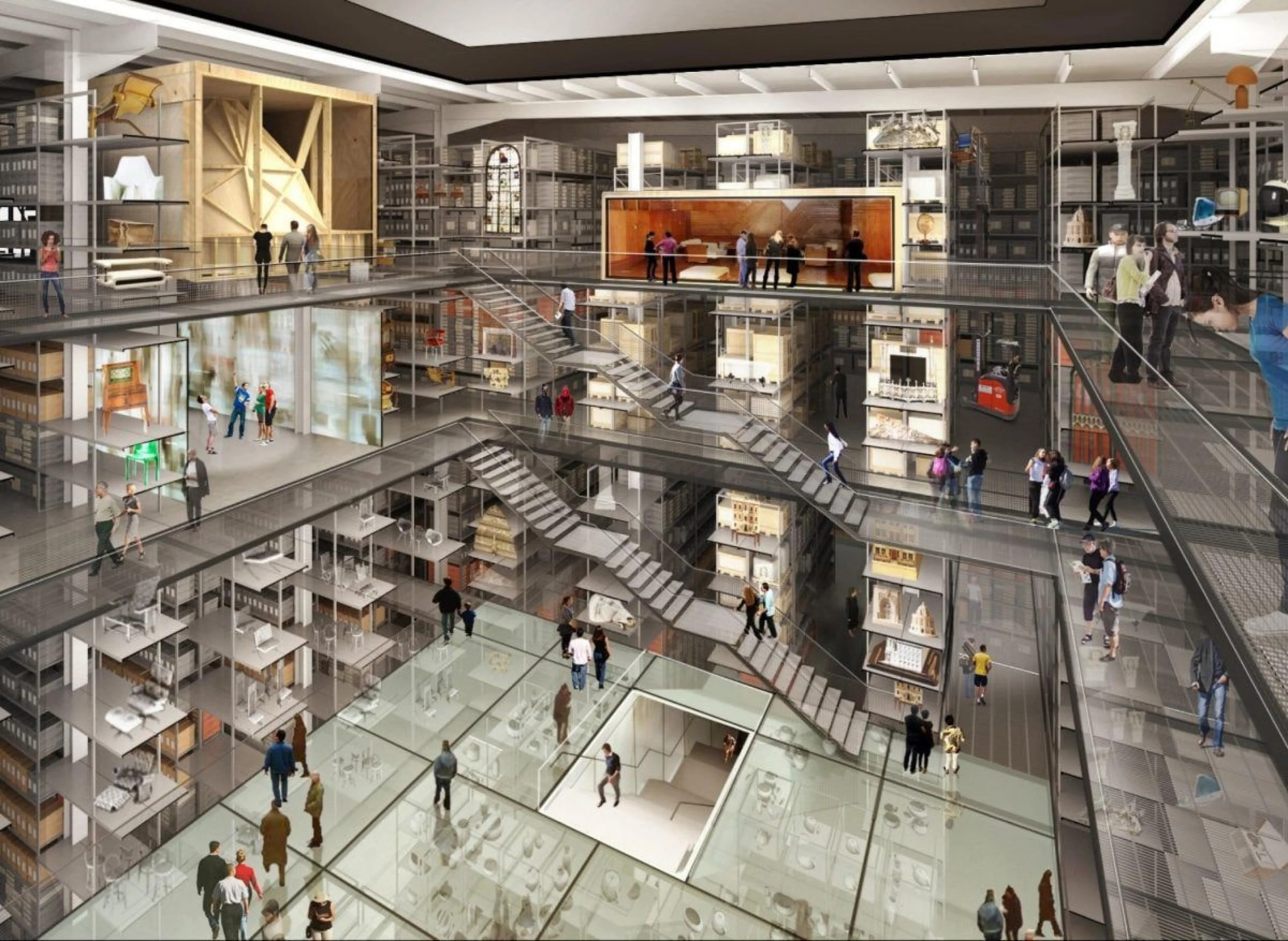
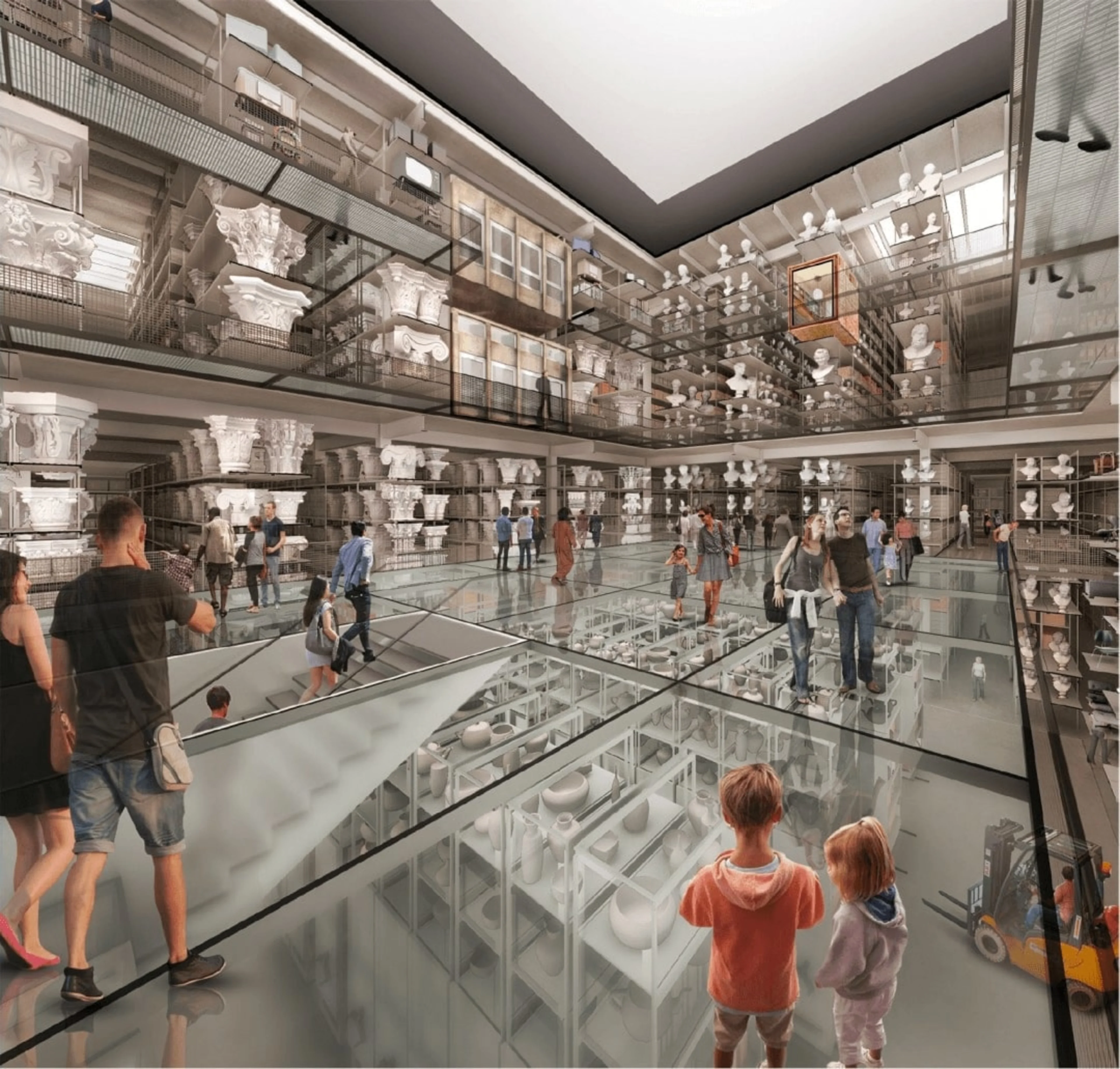
By integrating the storage facility with the public museum, the Storehouse will be a wholly new experience for the majority of east museum's visitors, many of whom have little idea exactly what goes on behind the scenes of a large institution like the V&A. It will give visitors unprecedented public access. Seeing the care and reverence objects are treated with and understanding their origins and purpose will open up new avenues of engagement for museum visitors, will highlight under represented movements and will advance cultural conversations which museums can rarely facilitate with the public. For younger visitors, this new engagement may even spark inspiration for their creative practice and future career aspirations.
Perhaps the most interesting point of this project however, is that it aims to engage an audience who are currently completely unengaged in museums: those aged 16-24 living primarily in the four Olympic Boroughs in east London that surround the new V&A site. To pitch a museum, particularly one with the scope and reach of the V&A name, aimed primarily at young people is a big challenge, bravely undertaken by the V&A, and one which I would be ecstatic to see come to fruition successfully.
As a museum and heritage professional myself, I am the first to get excited by museum projects and the concept of a new and innovative museum. However, I am also the first to admit that museums can be boring for some. Endless collection displays with repetitive cabinets with objects and written descriptions are not the most engaging, and many museums lose out on attracting a younger demographic because of this perception. To put it bluntly, museums aren't cool for most young people.
Additionally, the recent and much-needed conversations about the colonial legacy of Britain's museum spaces mean that those of non-white backgrounds may feel that the museum space is not for them. Engaging a diverse audience in a museum's collection galleries is so important but can often be overlooked. V&A East's aim of engaging young people from secondary schools in the Queen Elizabeth Olympic Park area is also an effort to encourage diversity in the Victoria and Albert museum audience and create a space for those of all backgrounds.
The east bank have already embedded the views of young people into the planning of this project, before the museum spaces are even open. In the east bank masterplan, the Victoria and Albert museum provided 6-month paid opportunities for young East-Londoners to contribute to the decision-making process and help the early concept design. In turn, it helped them develop their creative skills. The V&A East website summarises the aim of the east project director:
"More than just a museum or collections store, it will be a creative campus and social space embedded within its local community, focusing on equipping young people with the interest, knowledge, and skills they need to flourish creatively."
This is a site which does not focus solely on the past, but on the future, and the impact that the V&A can have on young people's creativity and innovation, developing skills that will serve them for the rest of their lives. Plainly speaking, it uses the past through contemporary lens to develop the future, which (in my opinion) is one of the great purposes of the museum space.
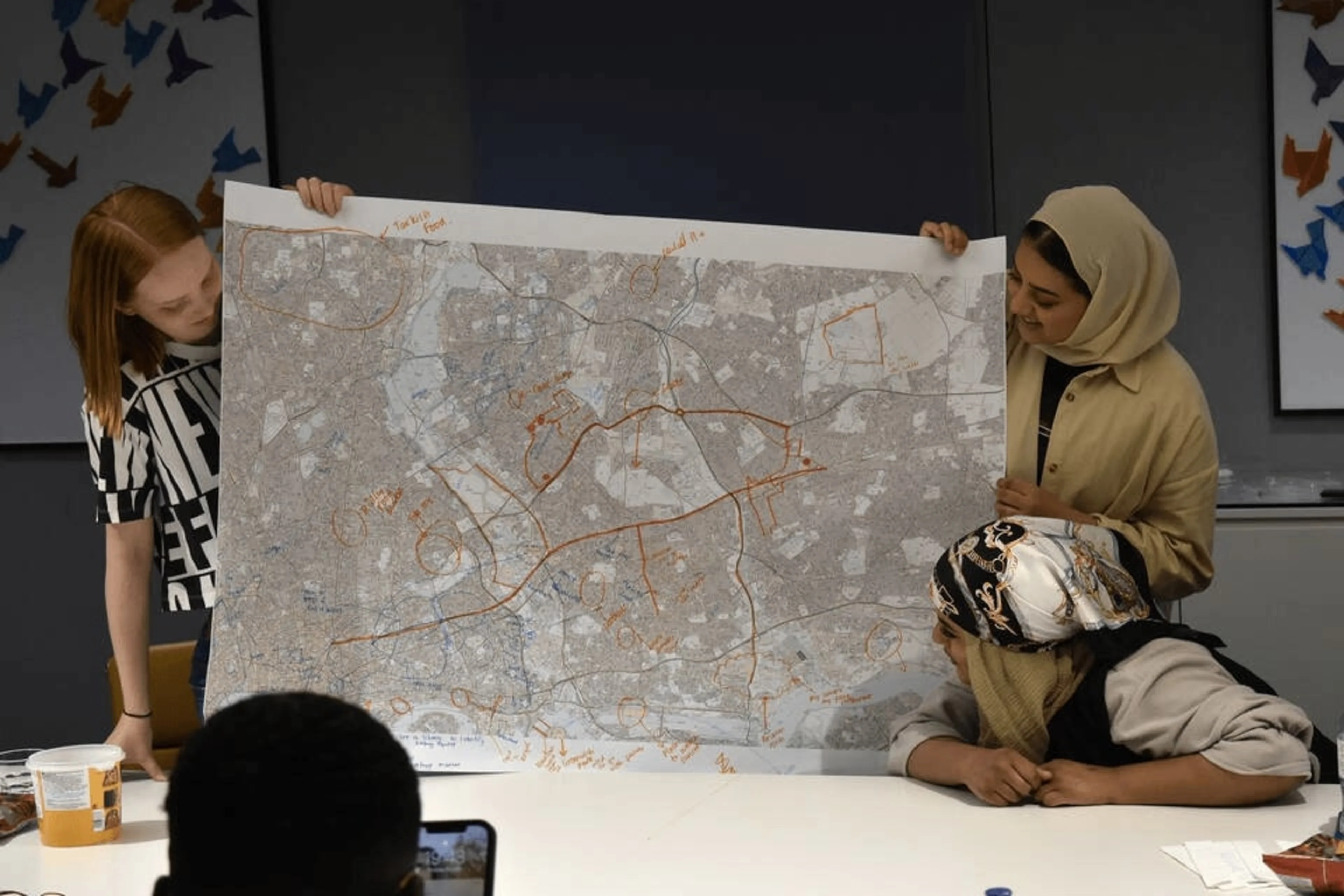
If I were to say the word 'museum' to you, what are the first words that come to mind? Stop reading for a moment and actually think of a word or two.
For some, it may well be 'history' or 'artefacts'. Others may think about how the space makes them feel: 'happy', 'interested', 'angry'. And admittedly, yes, some may well feel bored. The vast majority of us have found ourselves in a museum space at some point in our lives, we often interact with them first as children, perhaps on school trips or with grandparents. This can tend to foster a sense of boredom around the museum experience, making it something you 'have' to do, or something that is tied to learning.
V&A East Museum designed a space in which museum objects can prompt connection, global creativity, joy, and excitement for young people, rather than limiting their experience to one in which they must learn something. V&A East talks about fostering 'emotional responses' to the museum collection rather than intellectual responses. When young people engaged with east museum's objects, they note, the most potent interactions occurred when an emotional response was provoked (whether positive or negative), and this response in turn led to an interesting discussion.
If we try to preclude what a young person should 'get' or 'learn' from a museum collection, we are doomed to force on them a bland and unengaging experience. Rather, if we give young people the tools to explore the collection in these public spaces in their own way, create their own responses, whether that be joy, anger, curiosity, or antipathy, we allow them to shape the new museum space into something that is uniquely their own.
Beyond the scope of young people, the engagement strategy at V&A East sounds appealing to visitors of any age: the promise to host pop up displays, of object handling, interactive and immersive experiences, and creative workshops and performances would give every visitor the chance to have their curiosity ignited by the various collection objects. This kind of engagement has already been seen in the increasingly popular Museum Late format; usually adult-only, these events give visitors the opportunity to explore the various collection objects after dark, often with alcohol, music, special talks, and even craft activities. These events are often great fun and give adult visitors the chance to feel like a child again in the museum space, to play and find things that make you excited, engaged, and interested. If you have never attended one of these events, I strongly suggest you do.
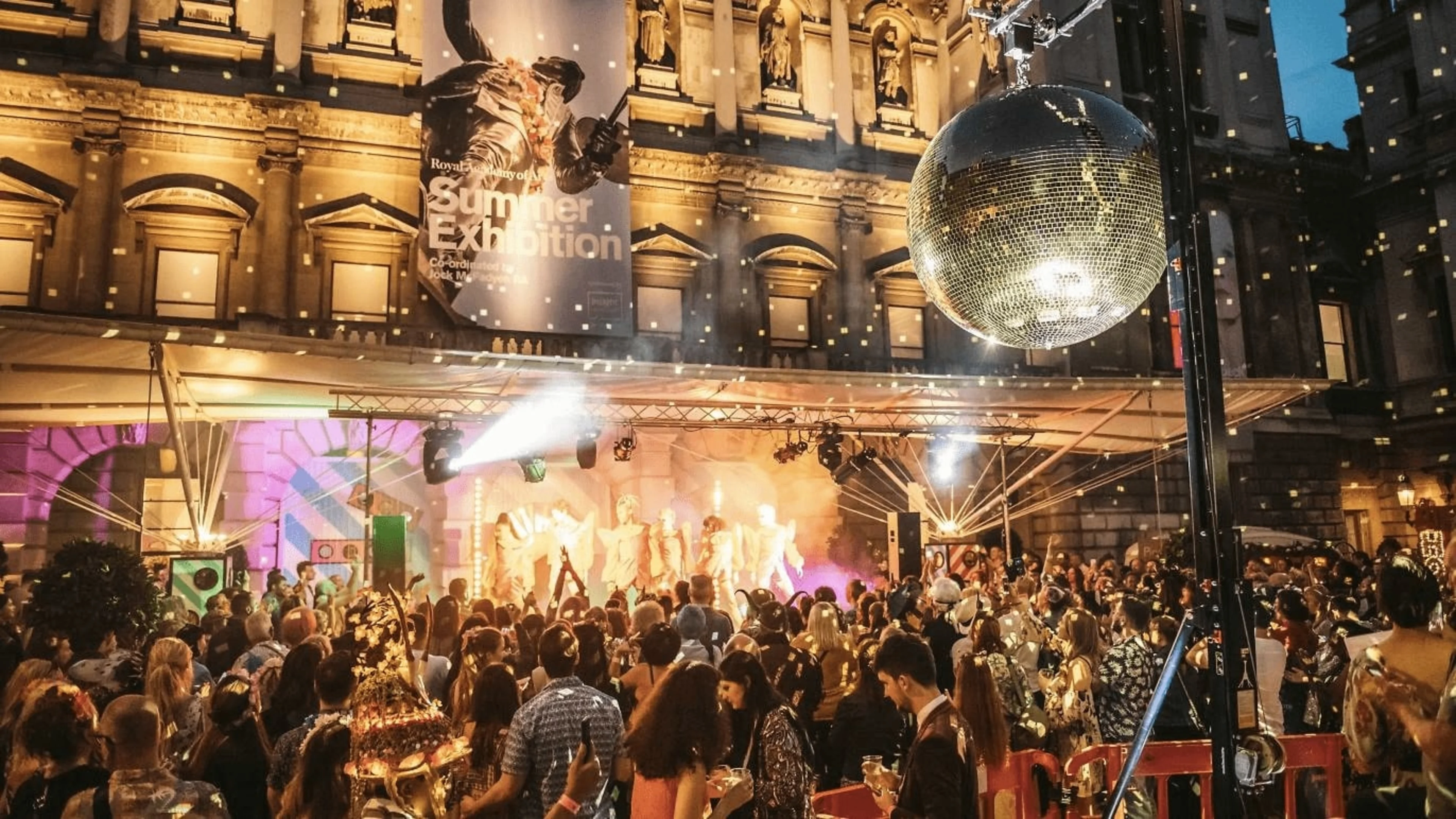
On a personal level, I cannot wait to visit V&A East Museum myself and see this innovative idea in action. They seem to have all the tools at their disposal to make east museum really engage with young people in the Olympic Boroughs and I wholeheartedly hope they pull it off. Few museums have the budget for this kind of ambitious enterprise but engineering the museum's work and space as one of creativity and fun is something all museums can try to do to broaden their engagement with local communities.
It is my belief that museums are only partly about the past. Sure, you can visit a museum and see a 3,000-year-old sculpture, or a 500-year-old tapestry, but what makes these objects interesting is that they allow us to understand more about our own place in the world today. Museums are welcoming spaces in which we can connect and find common ground with other human beings, in which we can learn about different cultures, different time periods and become interested in finding out more. The V&A East Museum intends to foster this spirit and instil it in young people, encouraging connection, curiosity, creativity, and fun. The museums of the future will hopefully look like this as well, because it is this generation of passionate and inspired young people who will create them for others to enjoy.
Written by
Lydia HousleyMuseums and heritage professional interested in all things history, culture, and society. Loves reading, baking, and dancing.
Read next
It's time to return the marbles

Lydia Housley
Learn to love modern architecture: it's not as bad as you think
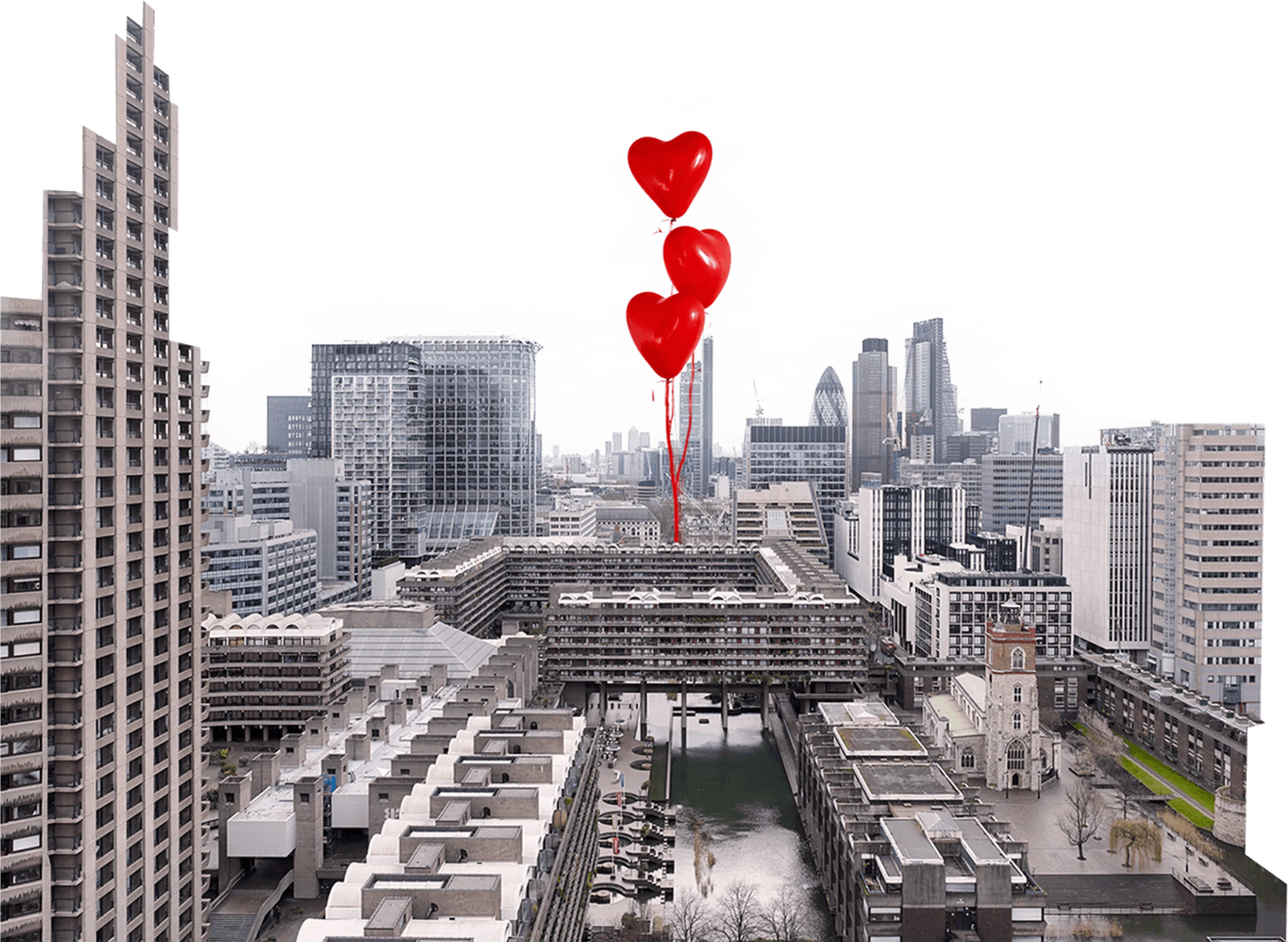
Adam Ross
What happened when I ditched self-empowerment and embraced critical thinking
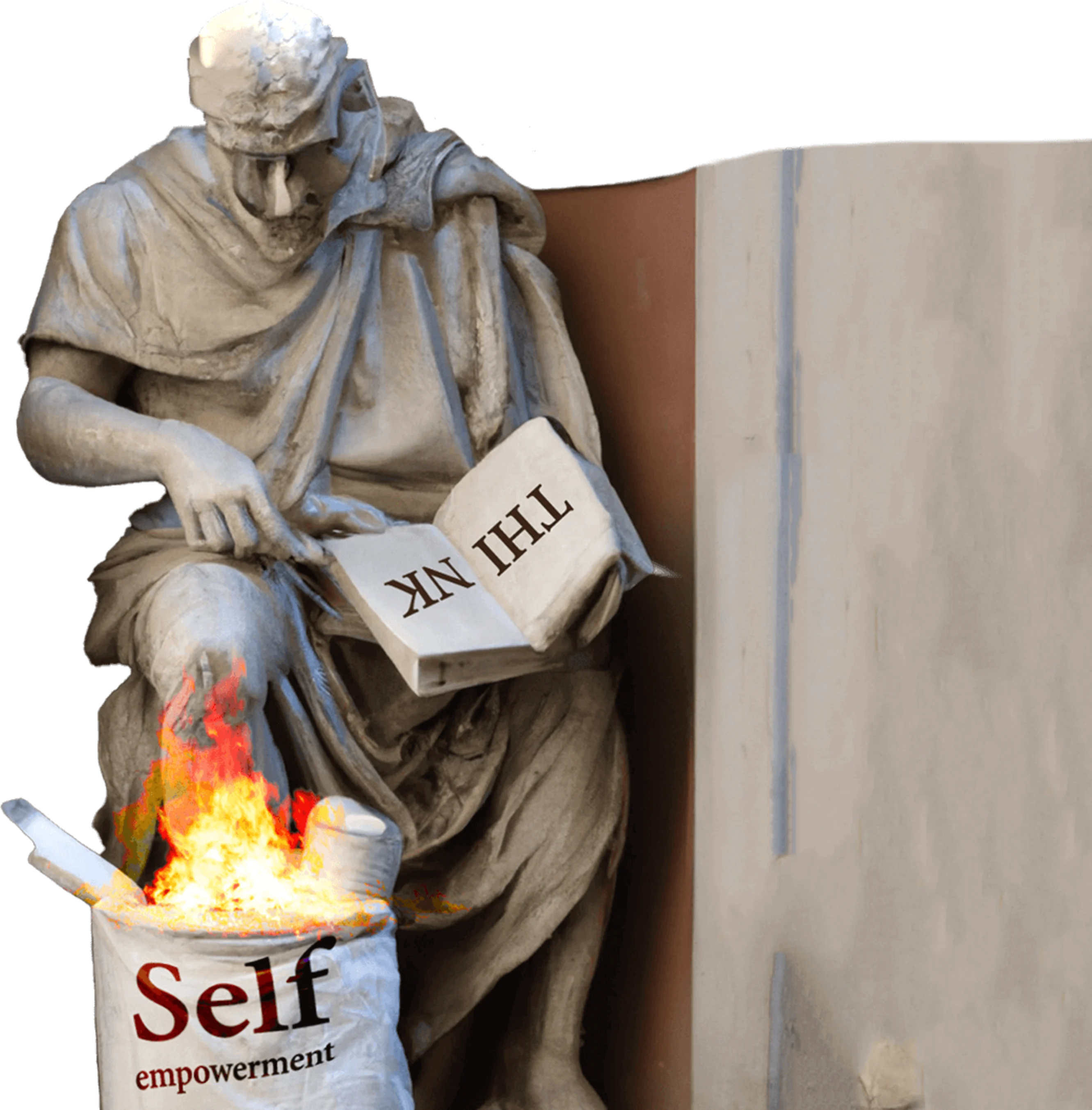
Maite Oxford
Weekly emails
Get more from Lydia
The Fledger was born out of a deep-seated belief in the power of young voices. Get relevant views on topics you care about direct to your inbox each week.
Write at The Fledger
Disagree with Lydia?
Have an article in mind? The Fledger is open to voices from all backgrounds. Get in touch and give your words flight.
Write the Contrast